- Bone overgrowth brought on from wear and tear from osteoarthritis on the spinal bones can form bone spurs, that can grow into the spinal canal.
- Paget’s disease is a bone disease that affects adults, and can also cause bone overgrowth in the spine.
- Herniated discs – The discs can begin to dry out with age and form cracks or tears letting out the soft inner material creating pressure on the spinal cord or nerves.
- The ligaments are tough cords that hold the bones of the spine together. They can become stiff and thickened with age and time. The thick ligaments can then bulge into the spinal canal.
- Tumors or abnormal growths can develop inside the spinal cord, in the membranes that cover the spinal cord or inside the space between the cord and vertebrae.
- Spinal trauma/injury like automobile accidents, sports, and other trauma can cause dislocations or fractures of the vertebrae. Pieces of bone from a spinal fracture can fall into and damage the spinal canal.
- Back surgery swelling of tissue immediately after can put pressure on the spinal cord or nerves.
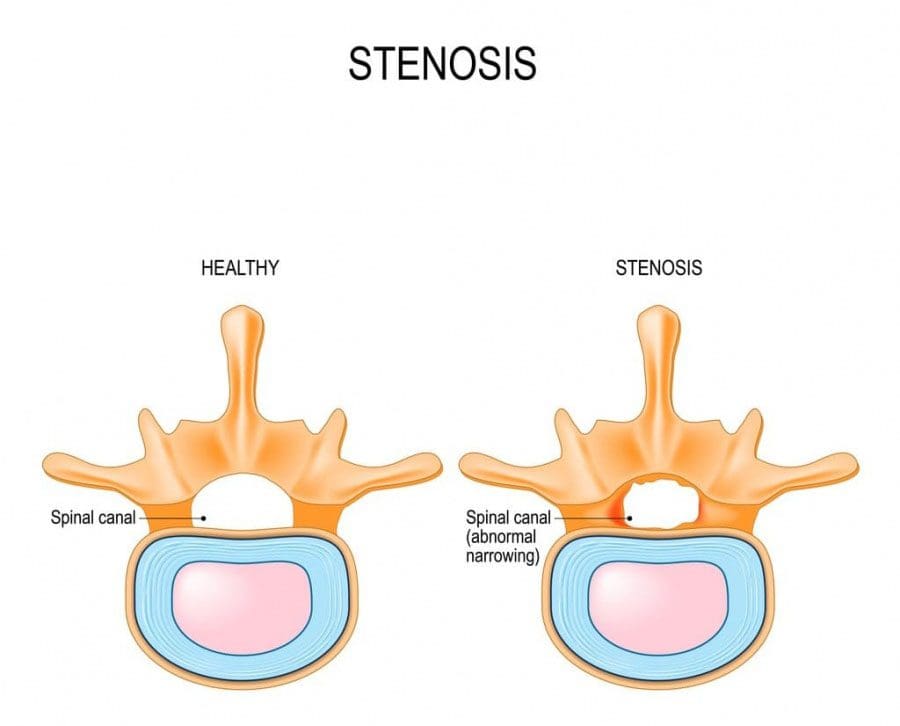
Acquired Spinal Stenosis
The leading cause is wear and tear on the spine due to aging. The most common direct cause is osteoarthritis, where the cartilage that cushions the joints begins to degenerate with age. The cartilage is smooth when brand new. As the body ages, the cartilage can become rough and can wear through completely. This allows the bones to rub against each other. The rubbing produces small bone growths called bone spurs. Individuals with these symptoms try to limit movement and limit pain from the bones rubbing together. However, individuals can’t stop moving entirely, and less movement reduces the quality of life. The bone spurs can create other types of pain. Inside the spine, the spurs can narrow the spinal canal, which can compress the spinal cord or nerve roots.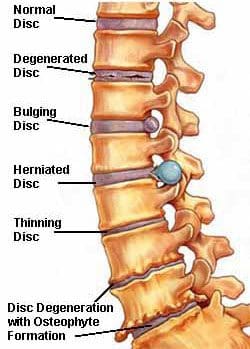
- Aging
- Improper body mechanics
- Poor posture
- Sports
- Weight
- Lifting heavy objects without using proper lifting techniques.
Prevention
Spinal stenosis prevention is about practicing lifestyle habits to improve and maintain spinal health. For those with stenosis, regular exercise combined with proper body mechanics will help reduce the risk of the spinal stenosis becoming worse.Exercise
Exercise, done properly, strengthens and protects the spine from the everyday wear and tear and helps maintain body weight. Being at the proper weight puts less pressure on the spine. Gradually build up the workout sessions until comfortable. General exercise guidelines are to go for 30 minutes a day. This in combination with aerobic activities like walking or swimming and resistance training like yoga or weight lifting. Stretching out regularly is highly recommended as an effective way to lengthen, loosen, and warm up the spinal muscles. Here are some basic back stretches and exercises for spinal stenosis.
Body Mechanics
Proper posture along with proper body mechanics are some of the best ways to prevent stenosis from developing/progressing and ensures the health of the spine. They should be practiced all the time:- Sitting
- Standing
- Lifting heavy objects
- Sleeping
Auto Accident Injury Treatment
Dr. Alex Jimenez’s Blog Post Disclaimer
The scope of our information is limited to chiropractic, musculoskeletal, physical medicines, wellness, and sensitive health issues and/or functional medicine articles, topics, and discussions. We use functional health & wellness protocols to treat and support care for injuries or disorders of the musculoskeletal system. Our posts, topics, subjects, and insights cover clinical matters, issues, and topics that relate and support directly or indirectly our clinical scope of practice.* Our office has made a reasonable attempt to provide supportive citations and has identified the relevant research study or studies supporting our posts. We also make copies of supporting research studies available to the board and or the public upon request. We understand that we cover matters that require an additional explanation as to how it may assist in a particular care plan or treatment protocol; therefore, to further discuss the subject matter above, please feel free to ask Dr. Alex Jimenez or contact us at 915-850-0900. The provider(s) Licensed in Texas& New Mexico*Post Disclaimers
Professional Scope of Practice *
The information herein on "Spinal Stenosis Causes and Prevention" is not intended to replace a one-on-one relationship with a qualified health care professional or licensed physician and is not medical advice. We encourage you to make healthcare decisions based on your research and partnership with a qualified healthcare professional.
Blog Information & Scope Discussions
Our information scope is limited to Chiropractic, musculoskeletal, physical medicines, wellness, contributing etiological viscerosomatic disturbances within clinical presentations, associated somatovisceral reflex clinical dynamics, subluxation complexes, sensitive health issues, and/or functional medicine articles, topics, and discussions.
We provide and present clinical collaboration with specialists from various disciplines. Each specialist is governed by their professional scope of practice and their jurisdiction of licensure. We use functional health & wellness protocols to treat and support care for the injuries or disorders of the musculoskeletal system.
Our videos, posts, topics, subjects, and insights cover clinical matters, issues, and topics that relate to and directly or indirectly support our clinical scope of practice.*
Our office has reasonably attempted to provide supportive citations and has identified the relevant research study or studies supporting our posts. We provide copies of supporting research studies available to regulatory boards and the public upon request.
We understand that we cover matters that require an additional explanation of how it may assist in a particular care plan or treatment protocol; therefore, to further discuss the subject matter above, please feel free to ask Dr. Alex Jimenez, DC, or contact us at 915-850-0900.
We are here to help you and your family.
Blessings
Dr. Alex Jimenez DC, MSACP, RN*, CCST, IFMCP*, CIFM*, ATN*
email: coach@elpasofunctionalmedicine.com
Licensed as a Doctor of Chiropractic (DC) in Texas & New Mexico*
Texas DC License # TX5807, New Mexico DC License # NM-DC2182
Licensed as a Registered Nurse (RN*) in Florida
Florida License RN License # RN9617241 (Control No. 3558029)
Compact Status: Multi-State License: Authorized to Practice in 40 States*
Presently Matriculated: ICHS: MSN* FNP (Family Nurse Practitioner Program)
Dr. Alex Jimenez DC, MSACP, RN* CIFM*, IFMCP*, ATN*, CCST
My Digital Business Card
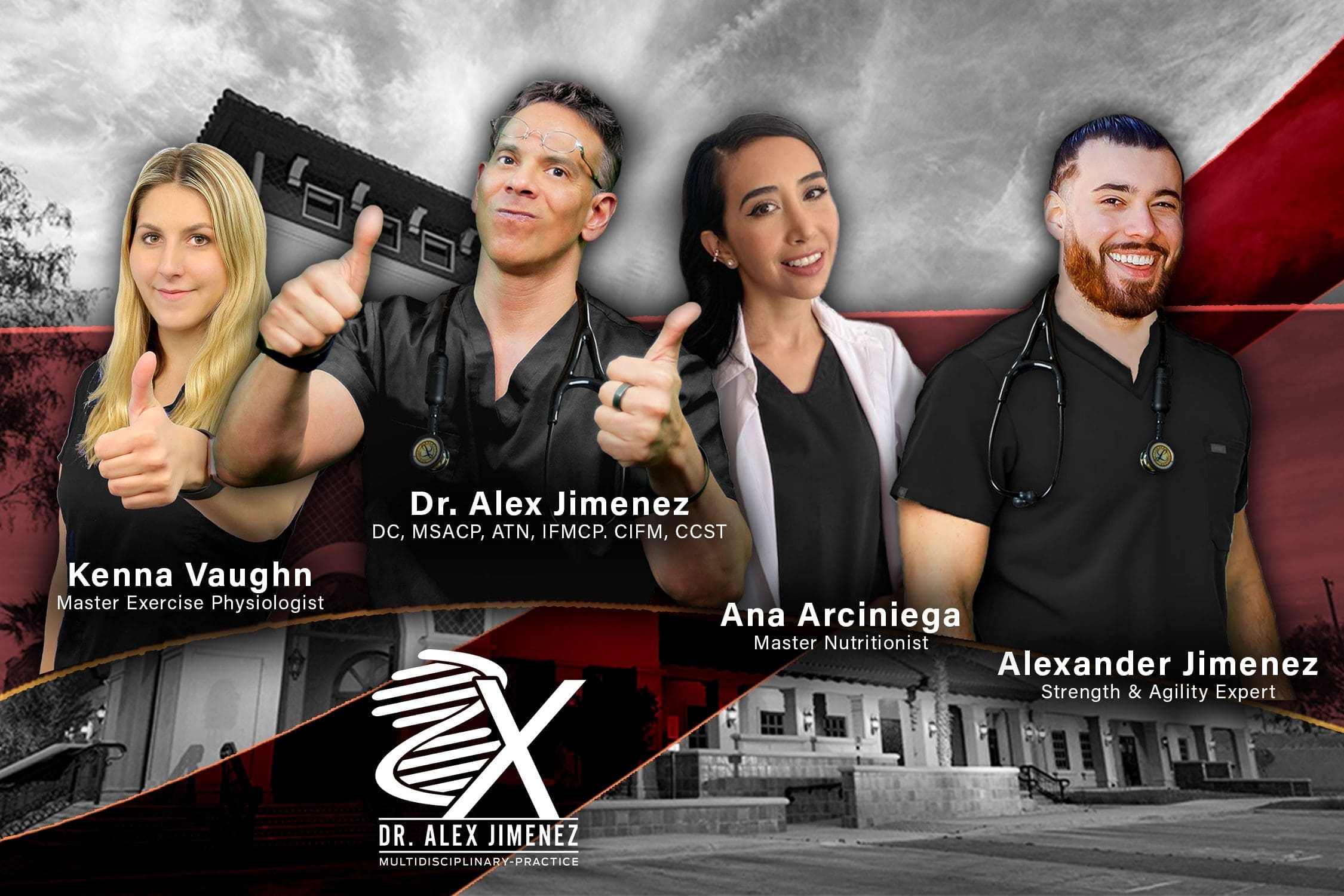

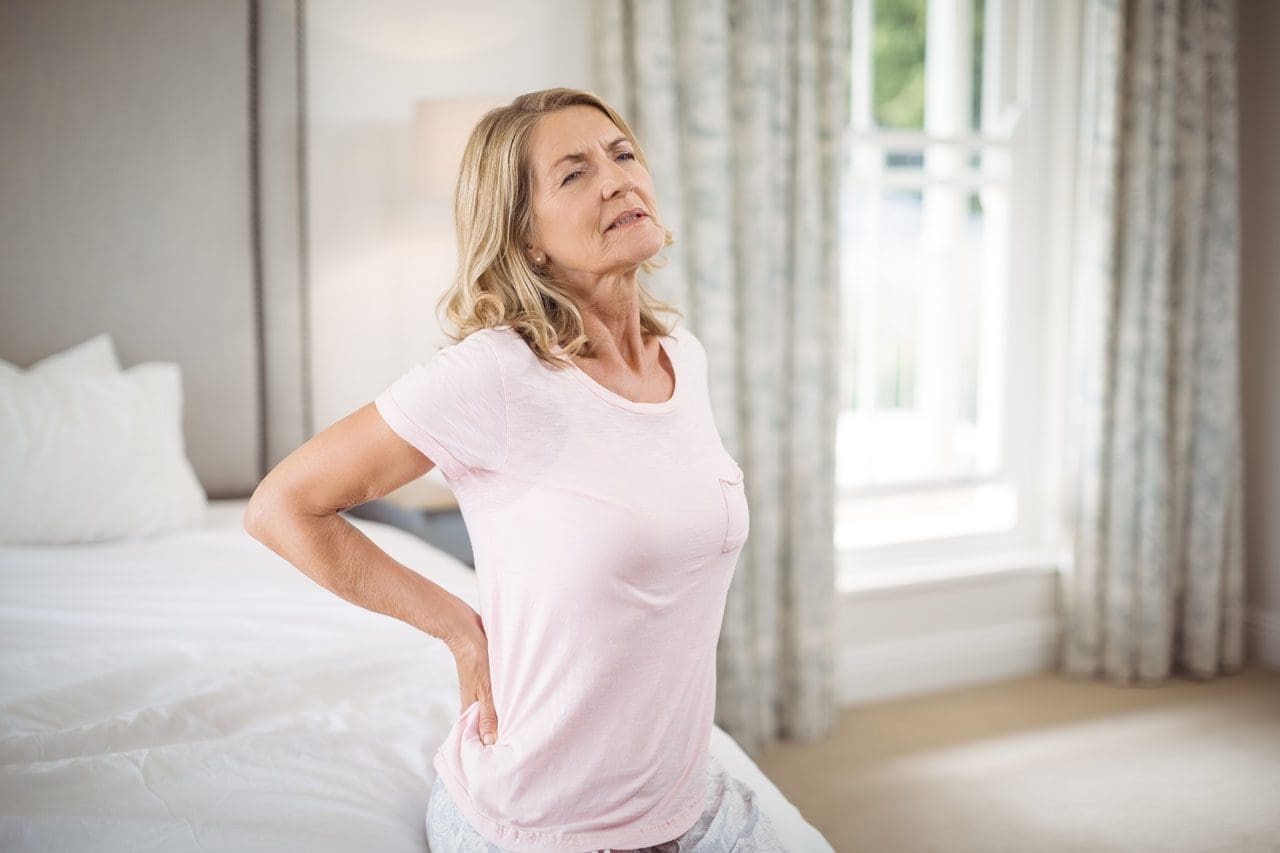



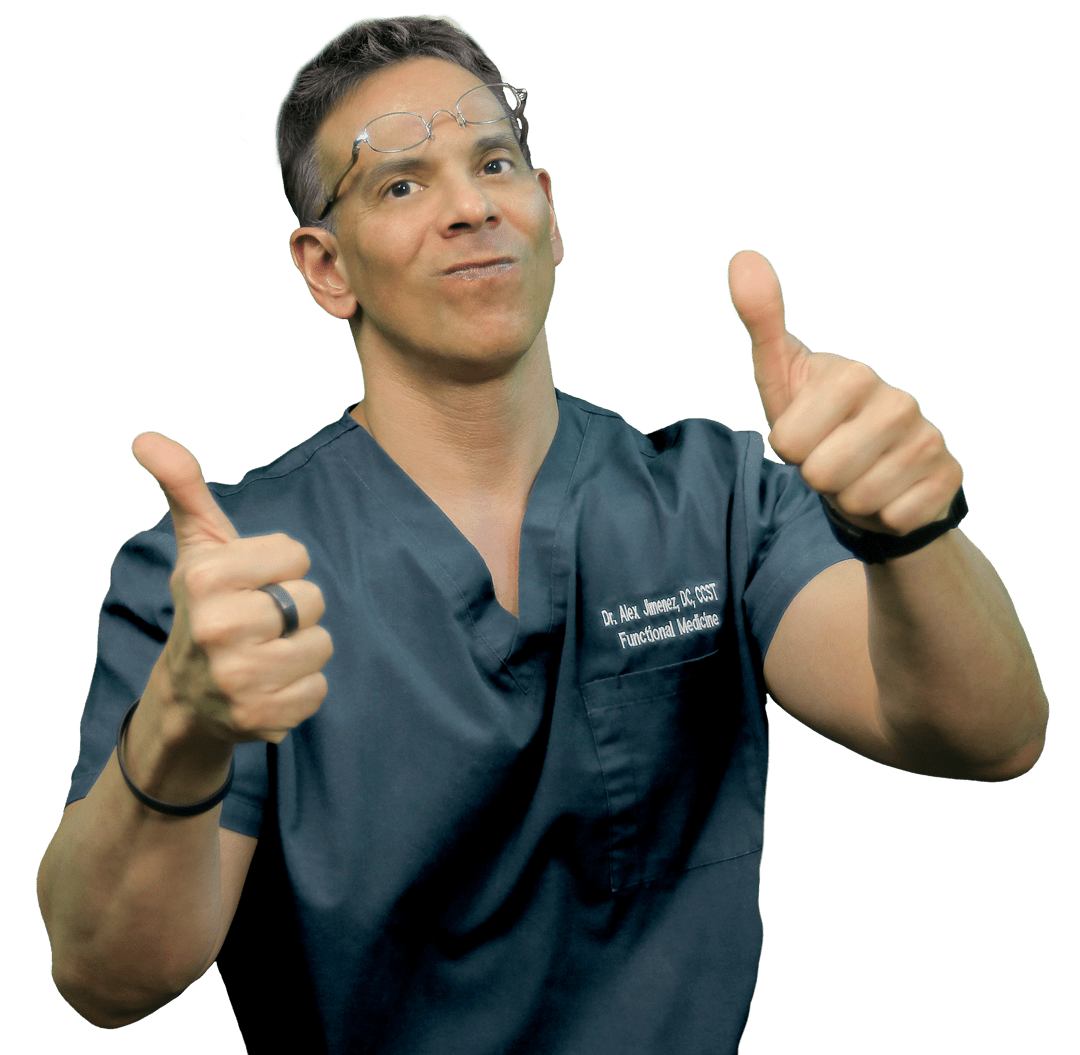 Again, I Welcome You.
Again, I Welcome You.
Comments are closed.